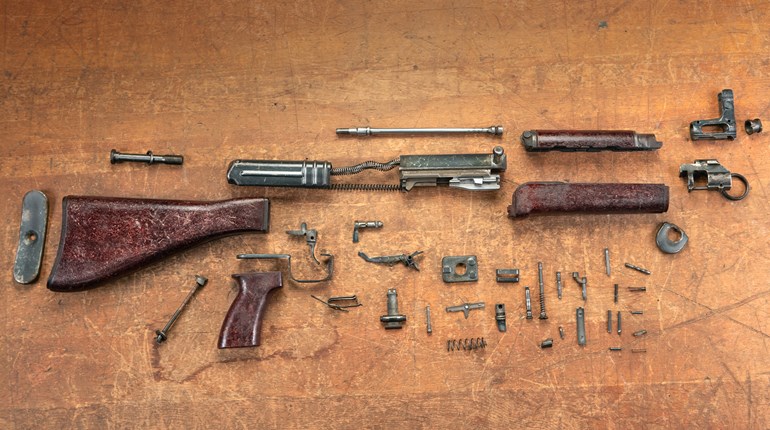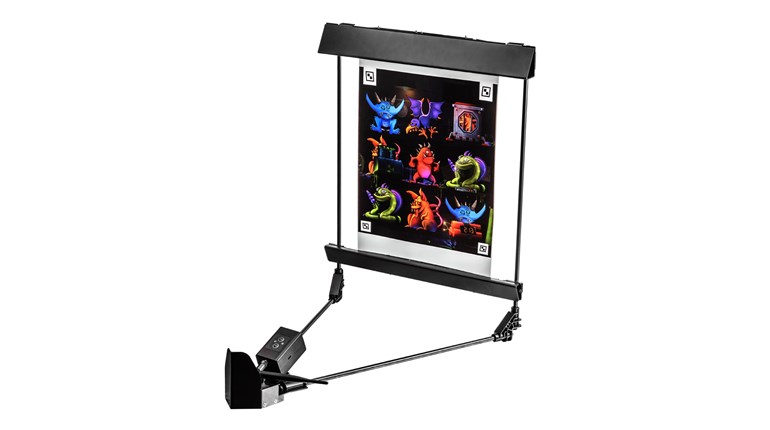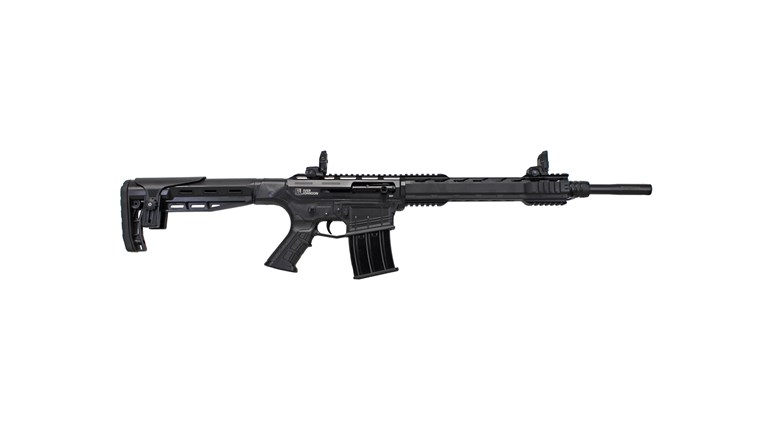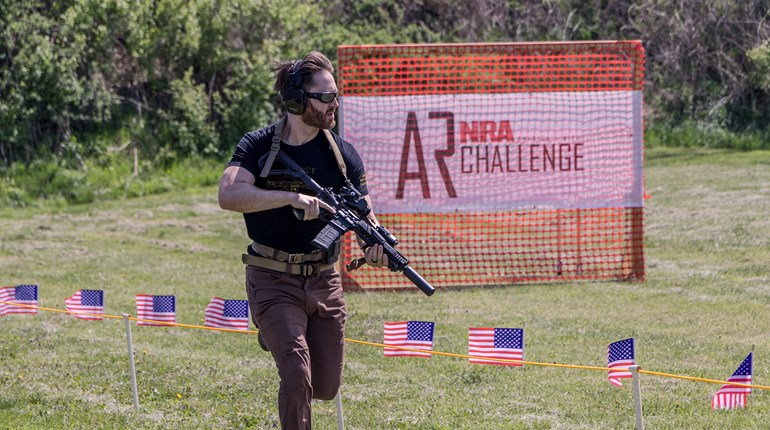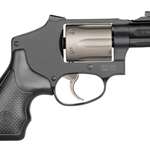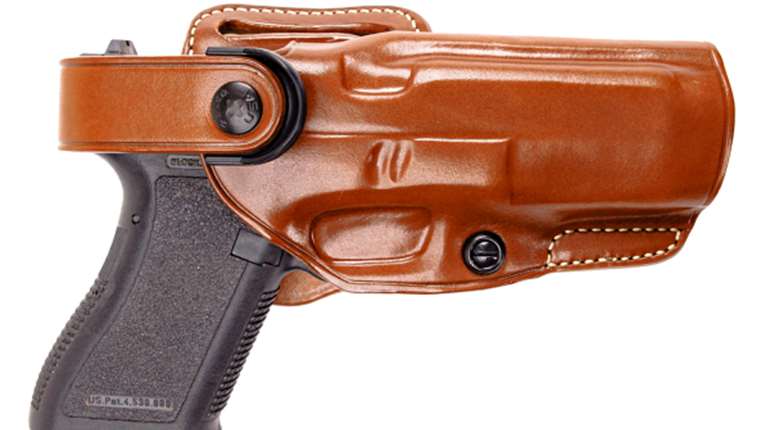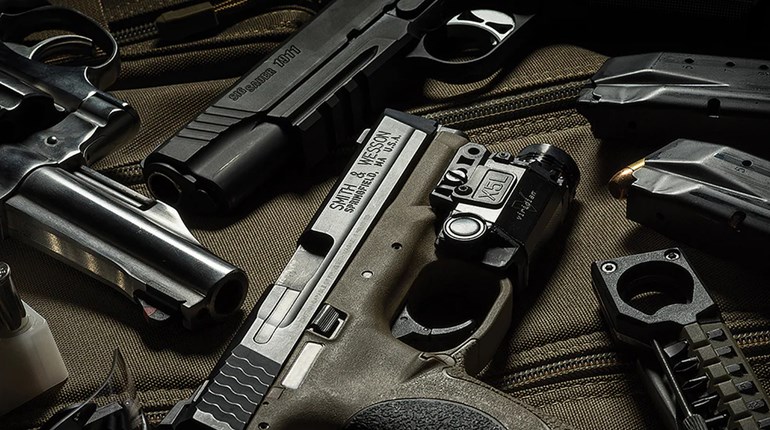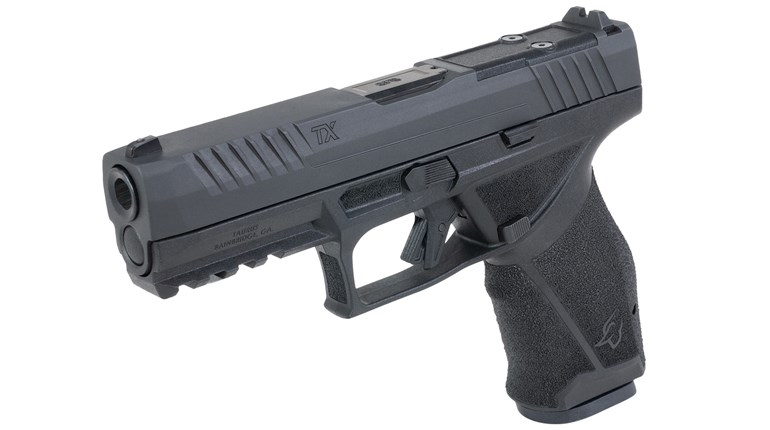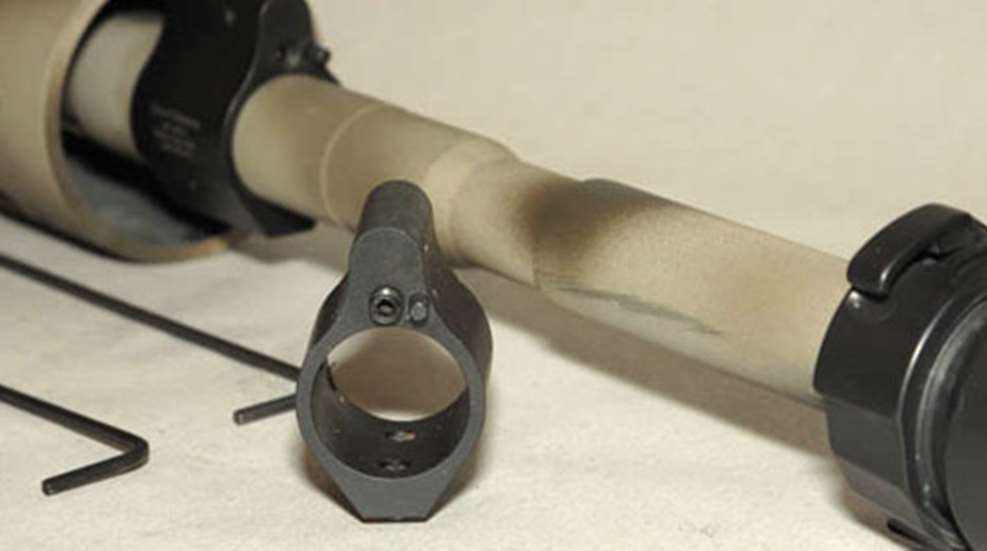
There are many things to love about the AR platform, and at least a few quirks to dislike with equal vigor. The original operating system—direct gas impingement (DGI)—could fit into either category depending on your viewpoint. While lighter, simpler and less expensive than comparable piston-operated ARs, DGI systems are finicky when any aspect of the operating system's timing is out of whack. Overpressure, short-stroke failures to feed and bolts that do not lock back on empty magazines are just a few of the potential malfunctions that can result from varying gas pressures. This gas puzzle may be affected by buffer weight, action-spring rate, bolt-carrier weight, gas-port size/position, barrel length, ammunition choice, ambient weather conditions and other, more technical aspects of the AR's operating system.
I spend my time knee deep in all things AR-related—building, repairing, reconfiguring, accurizing and doing whatever R&D my time allows. For the past two years, I have been trying to better regulate the AR's gas pressure whenever signs of too much or too little pressure problems rear their ugly heads. Syrac Ordnance's new Adjustable Lo Pro Gas Block makes dealing with the DGI system's varying gas pressures more manageable than ever before.
Adjustable gas blocks are not new. In fact, several aftermarket DGI gas blocks have been around for years, while most gas-piston operating systems incorporate manually adjustable regulators. The former usually rely on setscrews to control gas flow. Screwing in restricts the gas, while unscrewing it opens up the pathway. The chief flaw in these adjustable DGI designs is even with thread-binding compounds applied, these adjustment screws can rotate out of alignment, fall out or become so crusted with carbon, attempts to adjust them result in stripped screw heads.
Syrac Ordnance's design also uses a screw to control the size of the gas port, but it differs from other options on the market. The screw has four longitudinal flutes—like a tap—that provide locking slots for spring-loaded detent. The detent protrudes out of the gas block's front, next to the 5/64 hex-head adjusting screw. So long as one of the flutes is lined up with the detent's internal locking tab, the screw will maintain the "locked" position.
The company advertises its gas block as having "infinite adjustment," but this is not really true. It does adjust through the full range—from wide open to fully closed, represented by 17 click positions on my test sample. The screw can be turned inward until it stops (closed) or outward until it and the detent come out of the gas block (not recommended). The usable adjustment range dwells among those 17 clicks. The block's body is made of 416 stainless steel and has an attractive, dull gray, Melonite finish. Syrac Ordnance provides two stainless steel gas tube roll pins, instructions and two extended, 5/64 hex keys. The second key allows you to push in the detent button should the gas block be so deep within a freefloat tube it is inaccessible by hand. It is worth noting that, like the gas block, the detent becomes hot during firing, so the extra tool is handy even when using short freefloat tubes.
Perhaps the most obvious application for an adjustable gas block is to assist in reducing the additional gas pressure forced into a DGI system when firing supersonic ammunition with a sound suppressor attached to the firearm. This setup usually rewards shooters with filthy gun innards, odd recoil impulses and we southpaws get the added joys of gas vapor, oil and powder residue in our faces. Properly tuning the operating system to reduce the amount of gas that gets into the gas tube and bolt carrier group can greatly reduce each of these problems.
I decided to install the Syrac gas block on my 7.62x39 mm AR upper receiver and head to the range with a SureFire FA762K suppressor to gauge the overall effect of the block's adjustability.
I fired a variety of U.S. and Russian 123- to 125-grain loads through the gun (suppressed) with the gas port adjusted to its fully open position, just to get a feel for recoil and LSFS (Lefty Suppressor Face Syndrome). I then dialed the gas block screw inward four clicks, reducing the opening by approximately 25 percent. The reduction in LSFS was barely noticeable and felt recoil was the same as when fully open. I then adjusted the screw inward another four clicks to the approximate halfway position. Perceived recoil began to feel the same as when no suppressor was mounted, which is to say slightly less noticeable. No gas was ejected into my face at this point. Just for fun, I adjusted the gas block's screw inward another four clicks, closing it to approximately 1/4 the original opening diameter. I expected the AR to short-cycle due to insufficient gas pressure at this point, but was surprised that each load functioned properly. Felt recoil was definitely less noticeable than when the gas block was open, and I was able to fire without even a speck of powder in the face.
Syrac Ordnance's gas block is not perfect. It cannot correct problems created by a barrel with a gas port that is too small, and Syrac's design would benefit from the same toolless adjustability found on most piston-operated AR adjustable gas blocks. But it does solve some problems faced by AR shooters using DGI systems and ammunition of varying pressures. Its MSRP of $106.95 places it in the affordable aftermarket accessory category, especially for suppressor shooters.












